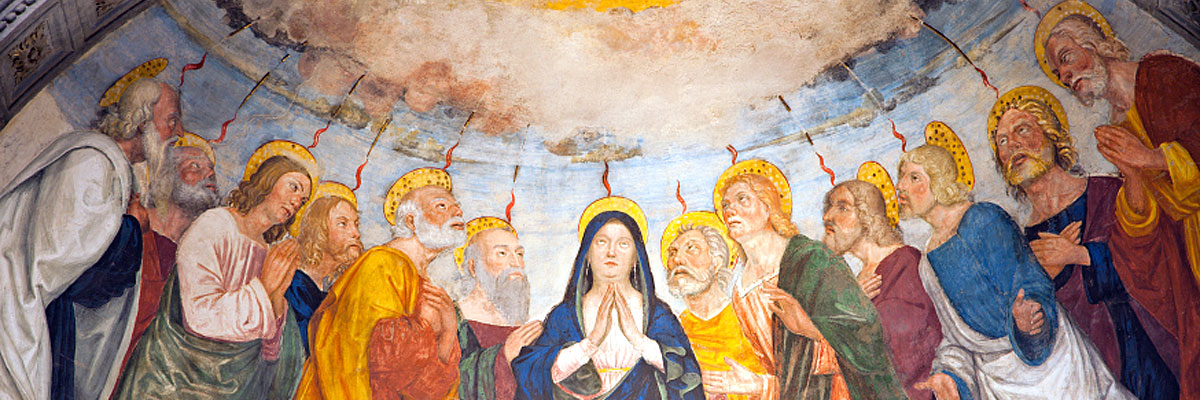
Understanding Our Church
A Treasury of Arkansas Writers Discussing the Catholic Faith
Official Website of the
Catholic Diocese of Little Rock
Devotions served past need, but Mass nurtures present Church
Published: March 15, 2003
By Eleanor Henley
Some Catholics regret the fact that fewer people attend once-popular devotions such as the Stations of the Cross, Benediction of the Blessed Sacrament or public recitation of the rosary or novenas. There may be several reasons for this. Popular devotions have declined since the Second Vatican Council because of the changes in our theological understanding and pastoral practice.
Elements that once attracted Catholics to popular devotions can be found today in the liturgy itself — the vernacular language, music and a communal atmosphere. When Mass was in Latin, devotions in our own language gave people the opportunity to express their deepest faith, hope and feelings. The symbols used in these devotions were often more meaningful and moving to the person in the pew than those used in the liturgy. Vatican II’s “Constitution on the Sacred Liturgy,” through its reform, sought the full and active participation of all people.
It declared the Scriptures to be of great importance in liturgical celebrations and they were not to be private functions but communal in nature. The liturgical books were revised so the people could participate through responses, song, actions and posture. As the law of the Church changed to allow afternoon and evening celebrations of the Eucharist, the Mass replaced other exercises of traditional devotion in the parish’s worship. Also evening prayer from the Liturgy of the Hours, encouraged by Vatican II, became more popular since it made greater use of Scripture and was modeled on the liturgy.
Devotions are still “warmly commended” by Vatican II, but it is said they “should be drawn up so that they harmonize with the liturgical seasons, accord with the sacred liturgy, are in some fashion derived from it, and lead the people to it ...” (Constitution on the Sacred Liturgy, 13). Devotional prayer is governed by the same principles as liturgical prayer. It should be Trinitarian (mediated by Christ to the Father, in union with the Holy Spirit), ecclesial (integrating the spirit and mission of the Church), based on Scripture, and liturgical (reflecting the sacramental life and liturgical calendar). Some of the devotions that were once so popular stemmed from private revelations and people’s personal piety.
They fit the culture and needs of the times in which they originated. Some examples of this are the rosary (probably from the 12th century, but promoted through apparitions of Mary to the children of Fatima in 1917) and devotion to the Sacred Heart of Jesus (promoted by St. Margaret Mary Alacoque in the 17th century). The message and intent of devotions are suited to the needs and demands of the Church at a particular time in history. This perhaps explains the continuing popularity of Forty Hours devotions and perpetual adoration in larger parishes.
A devotion may lose popularity when the real spirit of the devotion gets lost. When what is intended to be a conversion of one’s life becomes merely a formula, then the devotion loses its original meaning. When a devotion loses its impact, God will act in a new way in God’s own time to renew the ardor of faith, hope and love in lukewarm hearts. In the meantime Catholics are encouraged to continue devotions that increase their love of Jesus and Mary and support their faith and trust in God.



